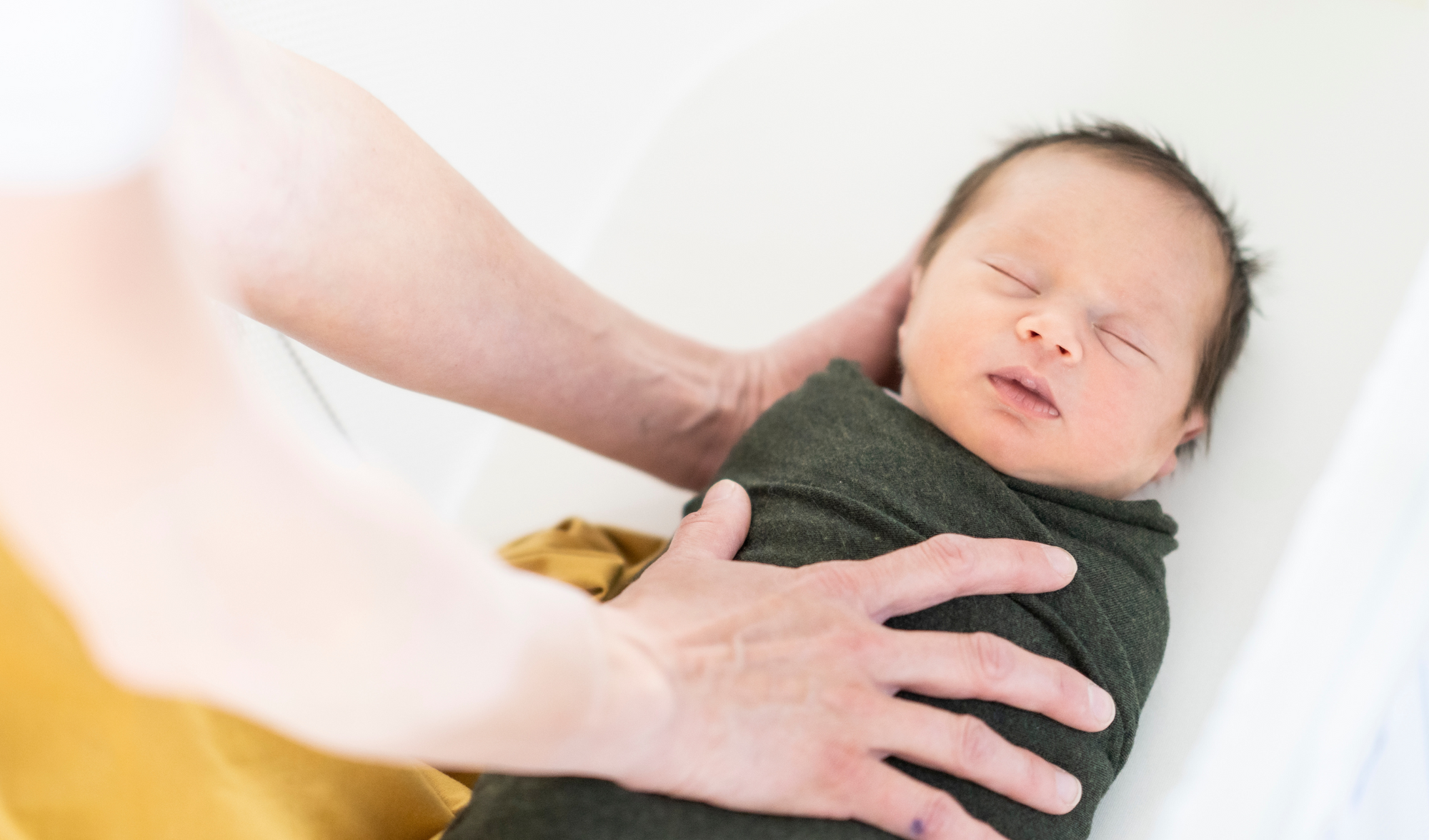If you read all the parenting books you could get your hands on before you welcomed your baby into the world, then no doubt you had a fair idea of what to expect – but the reality is often very different to the expectation. One area where parents feel like they need more help and support is when their baby suffers from reflux, or posseting. This condition is fairly common, but when a baby is constantly bringing up feeds and in obvious pain it can be challenging for any parent, which is why we think you’ll be very interested in hearing about how the Babocush can help your baby’s reflux problems without creating any extra work for you.
Reflux - what is it?
Most babies when they feed will ‘spit up’ or bring up milk after feeding – this looks like vomit but it isn’t. Instead, this is milk coming back up the oesophagus, which is a fairly common occurrence until your baby’s digestive system matures. In most cases, your baby won’t be in pain or discomfort, but some babies can feel sore and uncomfortable from this stomach acid which helps to break down the milk – it’s feels a bit like heartburn, and it can be messy and frustrating for mum and dad if this can happen every time your baby feeds.
Coping with reflux
A little spit up is normal for a new baby, but in a small number of cases babies can have severe or persistent reflux, which leads to vomiting large amounts after feeding, causing your baby to be upset during feeding, arching their back, and not gaining weight. For coping with reflux, parents are advised to keep a ready supply of clean clothes, washcloths and covering fabric surfaces with a wipeable covering, which are great practical solutions, but what about the emotional support? Your baby is obviously upset and not happy, you’re exhausted from constant feeding and changing and feeling frustrated that you can’t do more to help your baby settle. Enter the Babocush.
How the babocush can help with reflux
The revolutionary Babocush can help your baby’s reflux problems in three ways:
- Keeps your baby in an over the shoulder position
After feeding your baby, it’s recommended that you keep your baby upright and burp them frequently to get rid of any trapped air. Many babies find being held in this over the shoulder position comforting, but it’s not always practical for mum to do this all the time. The Babocush mimics this position and holds your baby securely in place using soft padded straps.
- Keeps airways open
When your baby is on the Babocush, they are in the perfect position for ultimate comfort, with their head to the side to keep the airways open and allow them to breathe more freely. The fleecy cover cushion is easily removed and machine washable should there be any little spills or spit up.
- Soothes your baby
The beauty of the Babocush is how quickly it soothes your baby and helps them to relax. You can watch our video here to see just how quickly this screaming baby goes from being upset to being perfectly calm. It’s important that you try and calm your baby as quickly as possible as crying can make reflux worse.
If you have any other questions about how the Babocush can help your baby’s reflux problem, just ask us. We love to hear from you and are more than happy to help.


